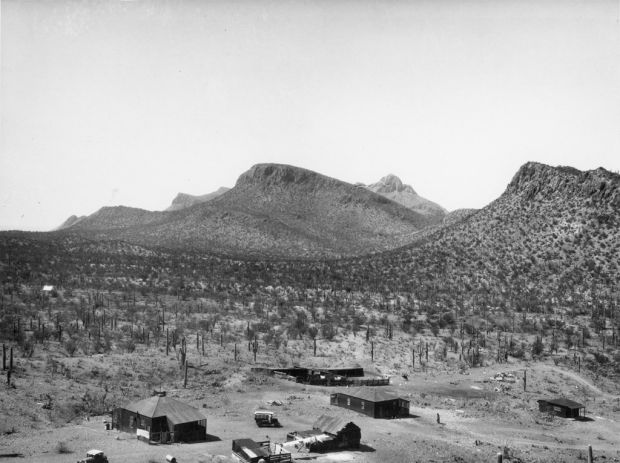User:NenChamploo/sandbox
Cultural use of Minerals
[edit | edit source]The Lower Colorado Region is home to many mines across multiple cities and towns. For example, Yuma Arizona is home to 156 active mines and 6,357 closed mines, and the primary commodities are gold, silver and copper.Lake Havasu City is smaller in comparison to the Yuma area, therefore they only have about 100 active mines. Also, in Lake Havasu City, rockhounding (hobby of collecting rocks and minerals from their natural environment) is a very popular activity as the area holds many different rocks and minerals. Rockhounding is also done in Yuma, however it is not as popular of an activity as it is in Lake Havasu City.
Land use of LRC
[edit | edit source]Yuma is known as the lettuce capital of the US for a reason. It produces most of the winter lettuce used across the US. Recently, Yuma gained fame due to the fact that lettuce with e coli was traced back to here. But what makes Yuma the lettuce capital of the world? Why is this town the #1 producer? That is because Yuma has rich soil thanks to the Colorado River which allows many farmers to grow a ton of lettuce. On the other hand, Tuscon is also a huge agriculture city but with a focus on other fruits and resources. For example, Tuscon focuses more on growing cotton and fruits like melon. However, like Yuma, Tuscon benefits tremendously from the water of the Colorado River.
Chiricahua leopard frog
[edit | edit source]The Chiricahua leopard frog is endangered due to habitat loss and chytrid fungus, which has led to the species to be almost entirely eliminated from its former habitat.
Kanab ambersnail
[edit | edit source]The kanab ambersnail is also another endangered species in the Arizona region. Most of the fact that the snail is endangered is due to human interference of their natural habitat.



